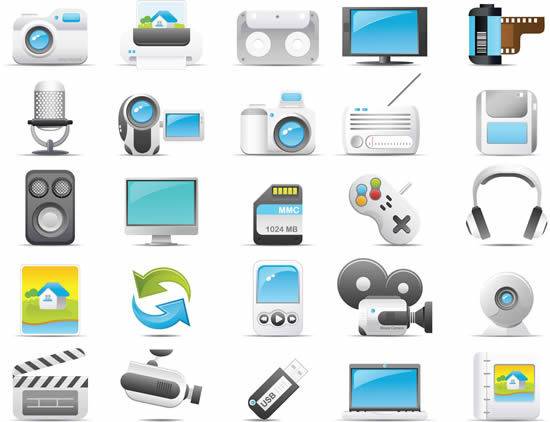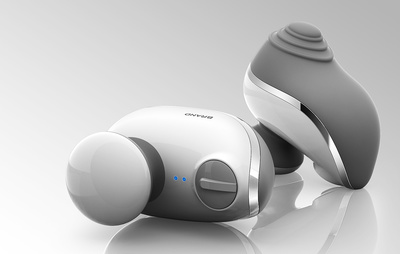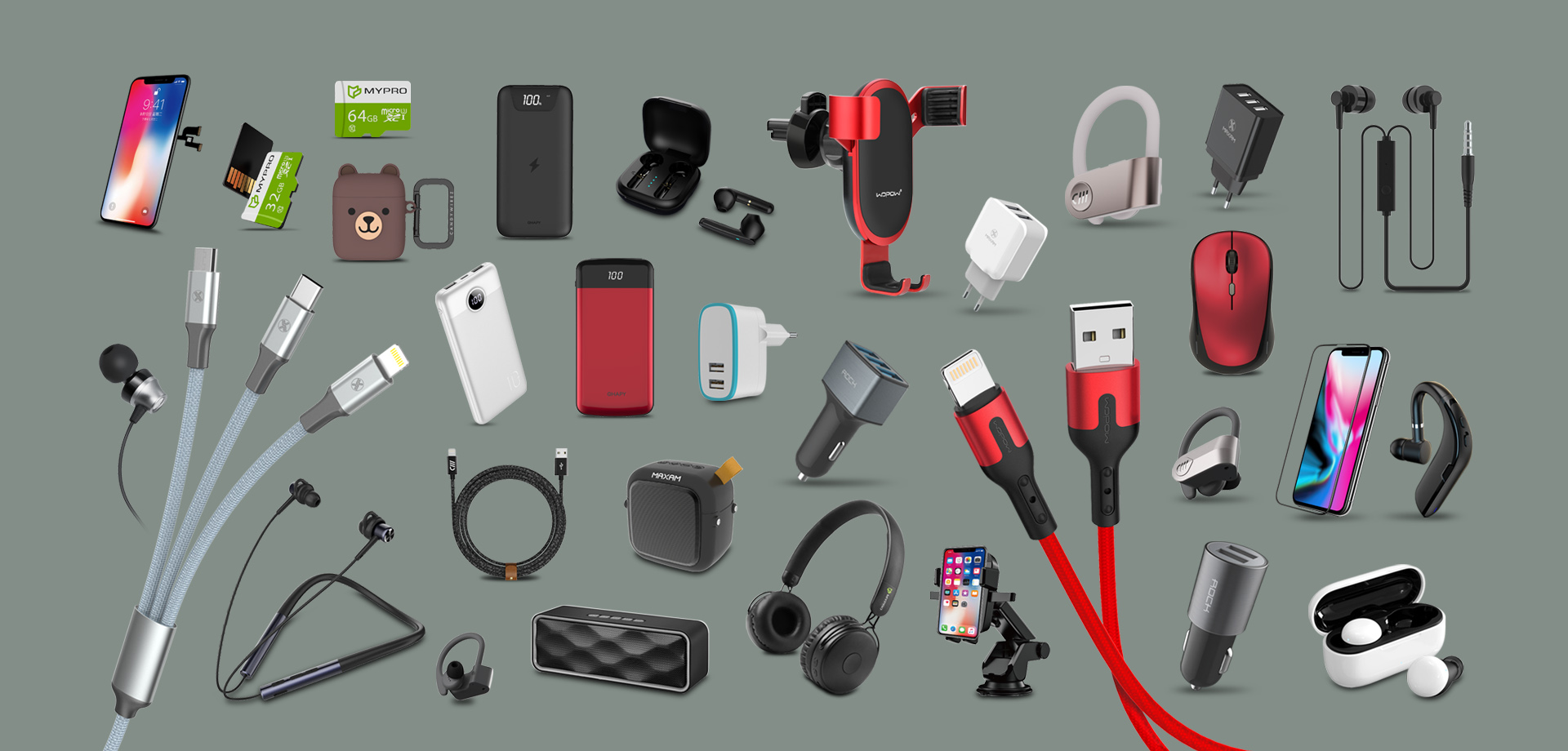Prototyping is an essential step in the development of new electronic products. It bridges the gap between concept and mass production, enabling companies to test designs, identify flaws, and ensure that the product meets performance standards before committing to large-scale manufacturing. China, with its well-established electronics supply chain and rapid prototyping capabilities, has become the go-to destination for businesses seeking custom electronics prototypes.
Why China Excels in Custom Electronics Prototyping
China’s electronics industry offers several key advantages for businesses looking to prototype their products:
- Specialized Factories for Rapid Prototyping
China is home to numerous factories specializing in small-batch, high-precision prototyping. These factories are equipped with advanced machinery and experienced engineers capable of turning complex designs into working prototypes in record time. For example, in Shenzhen’s Huaqiangbei district, you can find suppliers that can produce PCB prototypes in as little as 24 hours.
- Affordable Costs
Prototyping in Western countries often comes with prohibitively high costs due to labor expenses and material pricing. In contrast, China’s competitive pricing for raw materials and streamlined processes makes prototyping much more affordable, particularly for startups and small businesses.
- Access to Cutting-Edge Technologies
Chinese factories are equipped with state-of-the-art technology, including:
CNC machining for precise component manufacturing.
Surface-mount technology (SMT) for assembling tiny components on PCBs.
3D printing for creating complex designs and rapid iterations. These technologies enable Chinese manufacturers to handle diverse prototyping needs, from simple devices to highly complex systems.
- Integrated Supply Chain
Prototyping often requires access to multiple suppliers for components like sensors, chips, and connectors. China’s highly integrated supply chain allows manufacturers to source these components locally, significantly reducing lead times and logistical complexities.
Steps in the Prototyping Process
Prototyping involves several stages, each requiring careful planning and communication. Below is a step-by-step guide to the prototyping process in China:
- Define Your Design Specifications
Before approaching a supplier, you need to prepare detailed design files and specifications. These should include:
A bill of materials (BOM) listing all components required.
Gerber files for PCBs, if applicable.
3D CAD files for enclosures or mechanical parts.
Performance parameters, such as power consumption, signal integrity, or durability.
Well-defined specifications reduce the likelihood of miscommunication and ensure that the prototype meets your expectations.
- Choose the Right Supplier
Selecting the right supplier is critical for successful prototyping. Consider the following factors:
Experience: Does the supplier specialize in your type of product? For example, some manufacturers focus on wearables, while others excel in IoT devices.
Certifications: Look for certifications like ISO 9001 for quality management and ISO 13485 for medical device prototyping.
Prototyping Speed: Many Chinese manufacturers advertise fast turnaround times, but it’s essential to verify their actual lead times through reviews or references.
In-House Capabilities: Suppliers with in-house design, machining, and testing facilities are often more reliable and efficient.
- Request Samples and Iterate
After submitting your design, the supplier will produce a prototype for evaluation. This stage is critical for identifying flaws and making improvements. Key steps include:
Testing Functional Prototypes: Evaluate whether the prototype meets performance requirements, such as signal strength, durability, and power efficiency.
Iterating Based on Feedback: Communicate any necessary changes to the supplier and request a revised prototype. Iteration cycles may involve multiple rounds of testing and refinement.
- Conduct Pre-Production Validation
Once the prototype meets your specifications, the next step is pre-production validation. This involves:
Stress Testing: Simulating real-world usage conditions to identify potential weaknesses.
Material Verification: Ensuring that all components comply with regulatory requirements, such as RoHS for hazardous materials.
Scaling Feasibility: Confirming that the prototype design can be scaled for mass production without significant modifications.
Common Challenges in Prototyping and How to Overcome Them
- Communication Barriers
One of the most common challenges when working with Chinese suppliers is language and cultural differences, which can lead to misunderstandings about design specifications or timelines.
Solution: Provide clear, detailed documentation and use visual aids like annotated diagrams. Partnering with a local procurement office or hiring a bilingual project manager can also bridge communication gaps.
- Intellectual Property (IP) Risks
Sharing proprietary designs with overseas manufacturers can expose your intellectual property to potential risks.
Solution: Use non-disclosure agreements (NDAs) to protect your designs. Additionally, consider splitting production across multiple suppliers to prevent any single manufacturer from having access to your entire design.
- Quality Control Issues
Prototypes may sometimes fall short of quality expectations due to material substitutions or production errors.
Solution: Conduct thorough inspections at every stage of the prototyping process. You can also hire third-party quality assurance agencies to oversee production and verify compliance with your standards.
- Lead Time Delays
While Chinese factories are known for rapid prototyping, delays can occur due to supply chain disruptions or miscommunication.
Solution: Establish clear timelines in your contract and maintain frequent communication with the supplier to monitor progress.
Technologies Supporting Prototyping in China
- 3D Printing
3D printing has revolutionized the prototyping process by allowing manufacturers to quickly create complex designs without the need for costly molds. Applications include:
Creating enclosures for electronic devices.
Producing small mechanical components for testing.
- CNC Machining
CNC machining is ideal for producing high-precision parts, particularly for metal components like heat sinks or custom connectors. This technology ensures accuracy and consistency in prototypes.
- SMT (Surface-Mount Technology)
SMT machines assemble electronic components on PCBs with extreme precision, enabling manufacturers to prototype even the smallest and most intricate designs.
- Advanced Testing Equipment
Chinese factories use advanced testing equipment, such as X-ray machines for PCB inspection and environmental chambers for stress testing, to validate the performance of prototypes.
Tips for Buyers Working on Prototypes
- Start Small
Begin with small-batch prototypes to minimize costs and reduce risks. Once the prototype meets your expectations, you can scale up production.
- Visit the Supplier
If possible, visit the factory to observe their processes and capabilities firsthand. Factory visits provide valuable insights into the supplier’s expertise and reliability.
- Focus on Scalability
Ensure that the prototype design is scalable for mass production. This includes verifying that all components are readily available and affordable for large-volume manufacturing.
- Prioritize Regulatory Compliance
Electronics intended for global markets must comply with regional regulations, such as CE (Europe) or FCC (USA). Work with suppliers familiar with these standards to avoid delays during certification.
Case Study: Prototyping Success for a Smart Home Startup
A smart home startup in Europe sought to develop a custom IoT-enabled thermostat. By partnering with a prototyping factory in Shenzhen, the company was able to:
Produce a functional prototype within three weeks.
Incorporate user feedback into the second iteration, improving the device’s user interface and connectivity.
Validate the design for mass production, reducing time-to-market by 30%.
The factory’s advanced SMT and testing facilities ensured high-quality prototypes, while the startup benefited from significant cost savings compared to local prototyping options.






